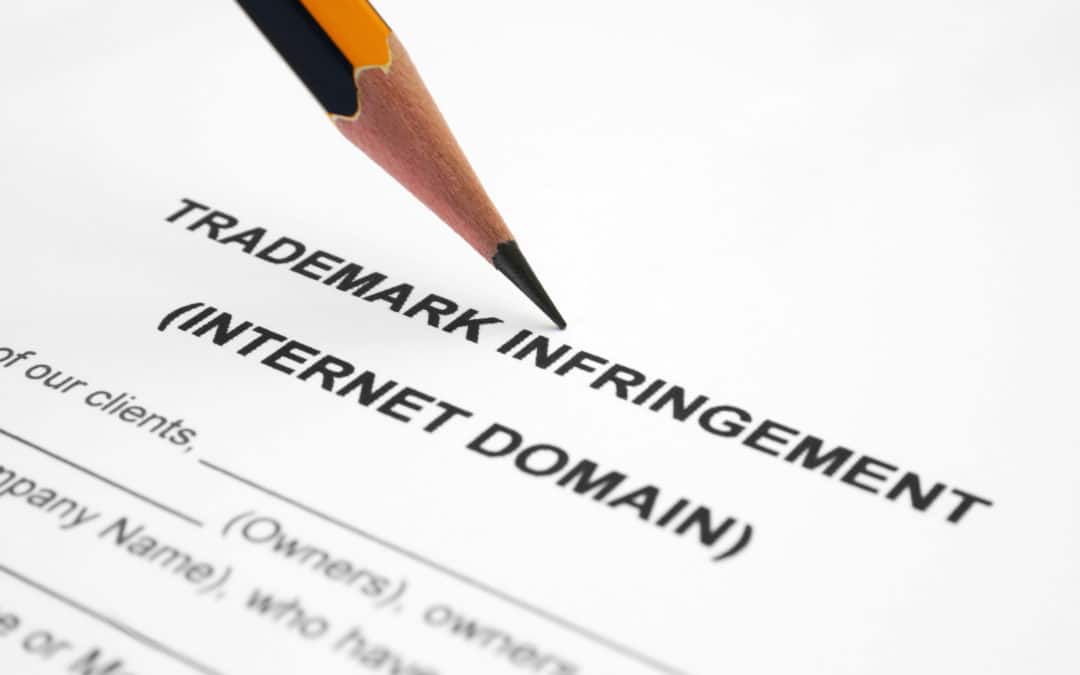Podcast (video): Play in new window | Download
Well you haven’t heard from me in a few weeks. And that’s because I’ve been in the middle of depositions for several cases and the travel schedule can be a little hectic.
But what are we looking for in a trademark infringement or trademark opposition deposition?
We’re looking to take the documentation that’s been discovered as evidence in the case. And then we’re going to look to distill all of this evidence into some factors.
For those of us in the biz, in the industry of trademark law, we call these the DuPont factors, but these are the factors that we’re going to ask about during a deposition.
One, we want to know about the similarity or dissimilarity of the party’s marks. So the witness that is being deposed should be able to testify about the similarity or the similarity of the trademarks, even though we look at those with our own eyes and we see them and we can read those ourselves.
Of course any judge can do that, him or herself as well.
We also want that witness to testify about the similarity or dissimilarity of the nature of the goods described in the trademark application or registration.
In that connection with which the mark is used, we want that witness to testify about the similarity or dissimilarity of any established or likely to continue trade channels. In other words, where do these goods or services travel in trade?
What are the supply chains look like?
Those are very important factors that any witness should be
able to testify about the conditions under which and to whom those sales are
made. Is this an impulse purchase? Is this a careful purchase?
What are the price points that are involved in the particular goods and services involved? The witness should be able to testify about all of those factors as well.
The fame of the prior mark. And when I say prior mark, there will be one trademark that begins this entire dispute and that is the oldest mark. The witness should be able to testify about that to his or her best knowledge.
The number and nature of similar marks in use on similar goods.
The witness should be able to testify about what other marks are out there and how this particular trademark was formulated, as well as the nature and extent of any actual confusion between the parties.
Whether that the witness, the plaintiff or defendant, that witness should be able to testify that the parties should have some confusion or maybe the parties don’t actually have any confusion whatsoever in commerce. These are the keys that will make a good witness. These are the keys that we’ll have a good prepared witness, have good testimony and match up with the documentation in the trademark dispute.
I’m Anthony Verna, managing partner Verna law, where we focus on IP and advertising law issues. My e-mail is anthony@vernalaw.com and we look forward to talking with you later. Thank you.


This is a great introduction to depositions in trademark infringement/opposition cases. I wasn’t aware of the DuPont factors.